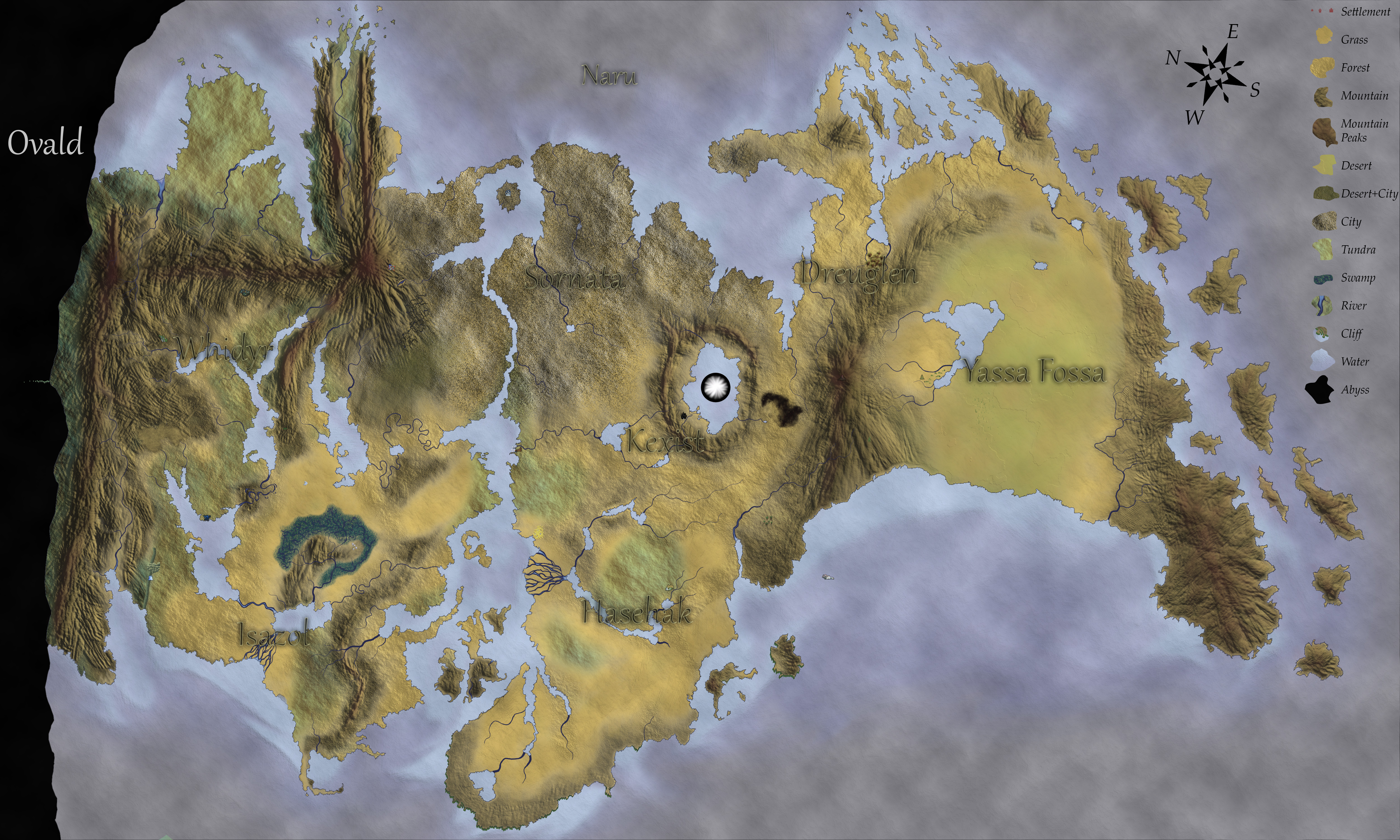Tsohtsi
Anatomy & Morphology
Falcon/eagle-like with longer curved black beaks and great wingspans.On males, inner-wings have many colored feathers
Most colors are of Dax (yellow, orange, red) but have some Suz with green, less blue, and very little purple)
While their inner-wings are colorful their body and outside feathers are shades of brown, grey, black, or white
Habits
Dietary Needs and Patterns
Rather than hunting within their air space, they find it easier to hunt for grounded creatures.
Mating Rituals & Family
While tsohtsi do not pair for life, they are monogamous creatures who pair for two to four hatchings. The males go off hunting while the females spend their days roosting. Due to modern inventions, a female is now able to live her life while her eggs and young are warmed by incubators. This also puts a strain on their monogamous relationships, as their duties are thrown into question, this having many nests without a father.
While it does not take long for the hatchlings to reach flight, usually about one to two years, it does take them many decades to reach sexual maturity. For nearly seventy years, males learn of the world, find a prime place to nest, and begin their extensive work of decorating their nests. Females, on the other hand, reach sexual maturity within one or two decades, spending their time searching for a good area to live (usually with bountiful hunting grounds)
Original Ecology & Habitat
Due to their land not staying in one place, breaking apart, and crashing into each other their Aiaoiv (see Division of Ideas) is ever changing. Also, due to their unified belief they tend to work with their neighbors when their land tears apart or comes together believing that it is divine intervention of their separation or unification.
Hygiene
Bathing: Tsohtsi usually pluck at their feathers to pick away parasites and debris. Every now and then they use water to cleanse themselves.
Etc
When on land waddle like penguins, so they spend most of their time in the air and usually close to the ground if traveling with a land dweller.Scholars attest that they were the first to us pigments to create drawings, and even the first to create “art”.
Genetic Ancestor(s)
Subspecies
Kaal
CarnivoresAverage Lifespan
15-50 years
Appearance
Black legs with more feathers of redSize
1.4-1.5 meters from beak to tail tip
2.9-3.1 meter wingspan
Shep
CarnivoresAverage Lifespan
20-55 years
Appearance
White legs with more green, blue, and purple colorsSize
1.1-1.5 meters from beak to tail tip
2.3-3.1 meter wingspan
Bhoor
OmnivoresAverage Lifespan
15-50 years
Appearance
Grey legs
Size
1-1.35 meters from beak to tail tip
2.1-2.8 meter wingspan





Ah ha! Found one of them. Tsohtsi sound absolutely lovely. I really like the bit about the colors and their nests but what I found especially fascinating was the amplification to the more 'modern' times and how that's thrown their whole 'ceremony' into disarray. That's not something that is usually touched on when there's been a race of nesting creatures who have advanced into a more technological era and that's definitely something I'd be more interested in - seeing how that might affect their culture's growth or how some of them handle that disparity. If it means that the newer generations aren't monogamous and instead there's just a lot of less-than-tended nests or certain factions kicking up to revive a more 'traditional' life style to counter the progress. Either way, love the birdies. :3
With so many species that can converse with each other, modernization is bound to be confusing and require weird compromises. And you're right on all fronts, traditionalist and modernizers are bound to but heads. Though, they aren't a single culture, so different peoples have different things that change for them. I'm sure in some areas, nesting centers with warmers and caretakers are a big thing. Some peoples don't have the issue of modern ideals removing tradition and have a different issue where working from home has both parents butting heads far more or that extended family stick around, creating larger nests to mimic Drake. Lots of fun ideas!